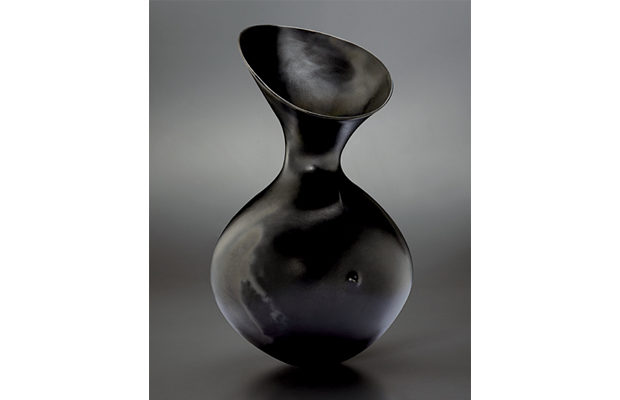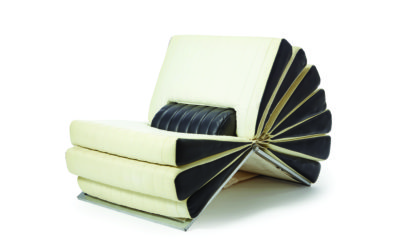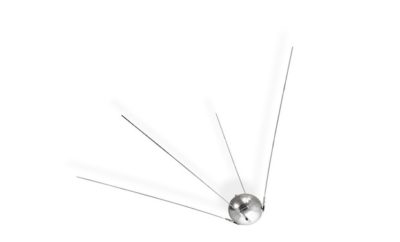Use your ← → (arrow) keys to browse
Covering all the vases
Championed by historians of African art, Odundo, who maintains a studio practice in Farnham, England, forces a reevaluation of what the term “African art” means, particularly when discussing contemporary art made by Africans, either on that continent or overseas. Odundo herself has stated, “’I will only draw on Africa if it suits me in my quest for perfect simplicity, for natural forms.” Indeed, her output in clay reflects an internationalism that transcends epochs and cultures. Born in rural Kenya in 1950, she spent her early years in Africa and India, before moving to England to study graphic design and eventually ceramics, first at the West Surrey College of Art and Design and later at the Royal College of Art in London. During her studies, she was inspired by the aesthetic simplicity of Asian ceramics, as well as by the teachings of leading British studio potter Bernard Leach. She spent time in Africa in the 1970s, exchanging ideas and learning traditional techniques from local potters in Nigeria and Kenya. References to African pottery and culture are readily found in her work, from methods of hand-throwing to the tilted oval spouts on some vases, inspired by the flanged headdresses worn by the Mangbetu women of Kenya. Later, she had a formative encounter with Native American potter Maria Martinez from the San Idelfonso Pueblo in New Mexico, whose famed blackware firing and decorating techniques had a clear impact on Odundo’s designs.
Use your ← → (arrow) keys to browse
 Lot 25 Phillips DePury “Design Masters” sale, December 11, 2012: Untitled (Cat. 134) vase by Magdalene Odundo, signed and dated 2000 Polished and carbonized terracotta. Estimated at $40,000–$60,000, it sold for $105,700.
Lot 25 Phillips DePury “Design Masters” sale, December 11, 2012: Untitled (Cat. 134) vase by Magdalene Odundo, signed and dated 2000 Polished and carbonized terracotta. Estimated at $40,000–$60,000, it sold for $105,700.












